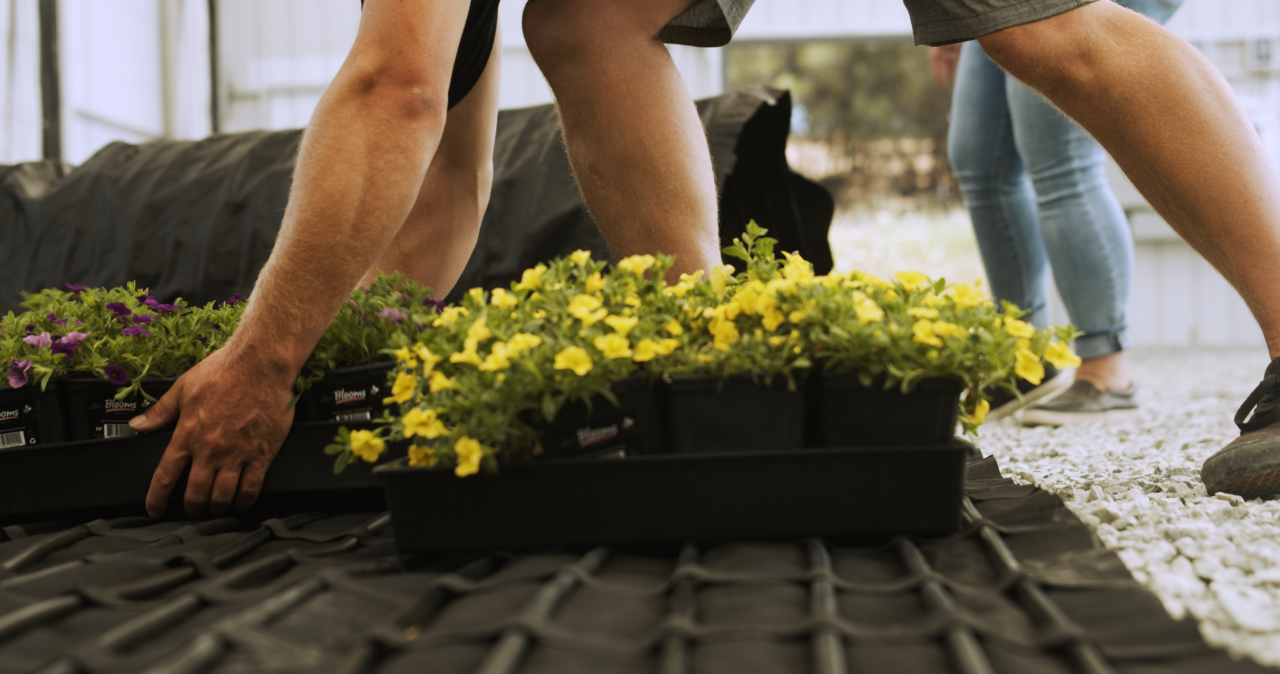Hot Weather Means It’s Time to Check Plant Roots and Scout for Disease
Much of the U.S. is experiencing hot and humid conditions this week. In enclosed production facilities, this can lead to a favorable environment for disease development. Botrytis, powdery mildew, fungal and bacterial leaf spots, and root disease are common.
In a recent e-GRO alert, Jean Williams-Woodward of the University of Georgia notes that crops should be scouted for early symptoms and signs of plant diseases, with an emphasis on lower leaves. In hydroponic operations, higher temperatures stress root growth and can enhance Pythium root rot during summer months.
Pythium aphanidermatum and P. myriotylum thrive in warm conditions, Williams-Woodward says. Using chillers to cool water temperatures to 68°F to 72°F can reduce Pythium root rot disease development. However, hot conditions make it difficult to maintain cooler water temperatures as water moves through hydroponic systems. Lettuce, spinach, basil, thyme, and other herbs are very susceptible to Pythium infection.
Several e-GRO Alerts have addressed disease management within hydroponics and controlled environment systems, including ‘Root disease management in hydroponics’, ‘Common diseases of hydroponic leafy greens and herbs’, and ‘Biofungicides for control of root diseases of greenhouse-grown vegetables’. Take a look at the alerts for helpful information to reduce crop losses.









